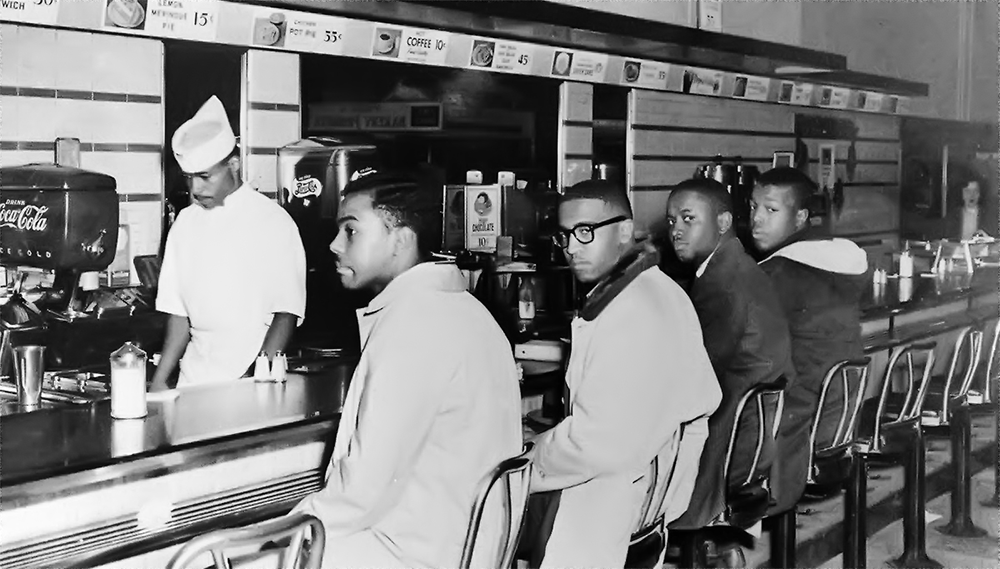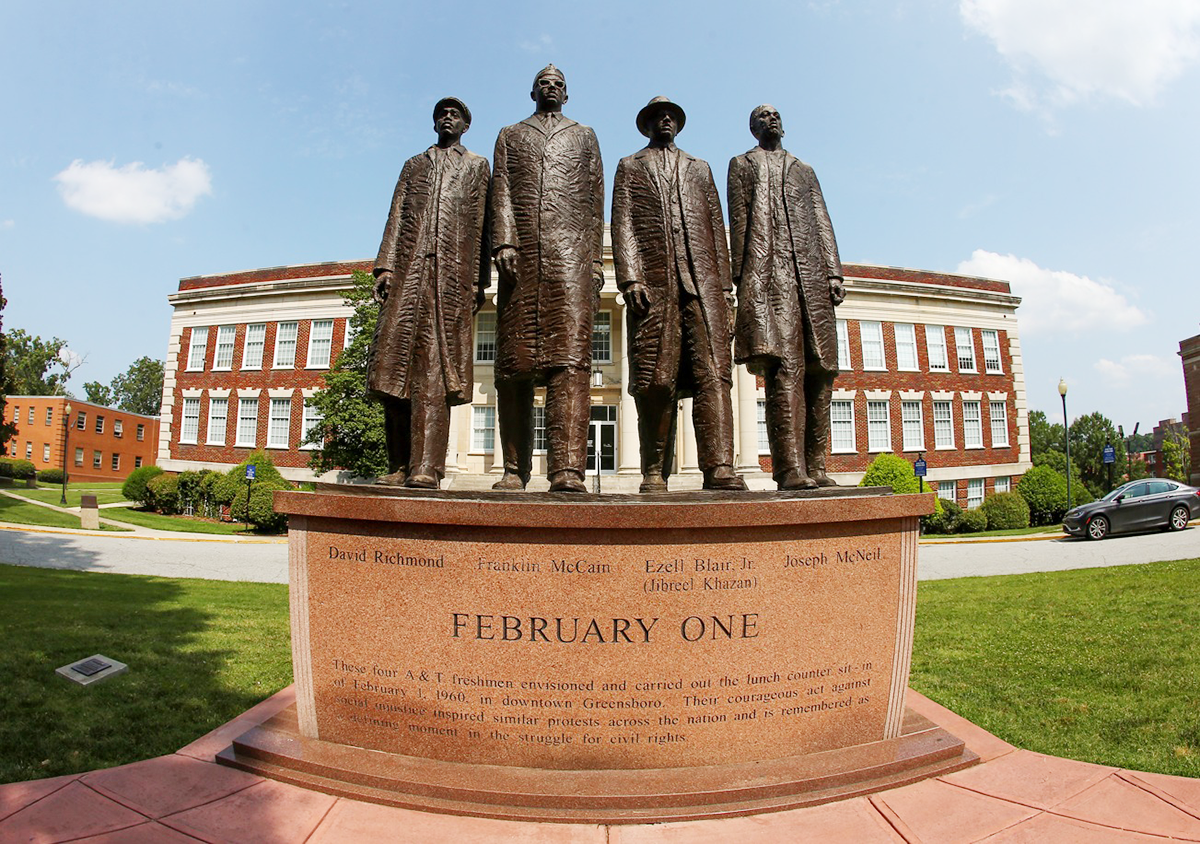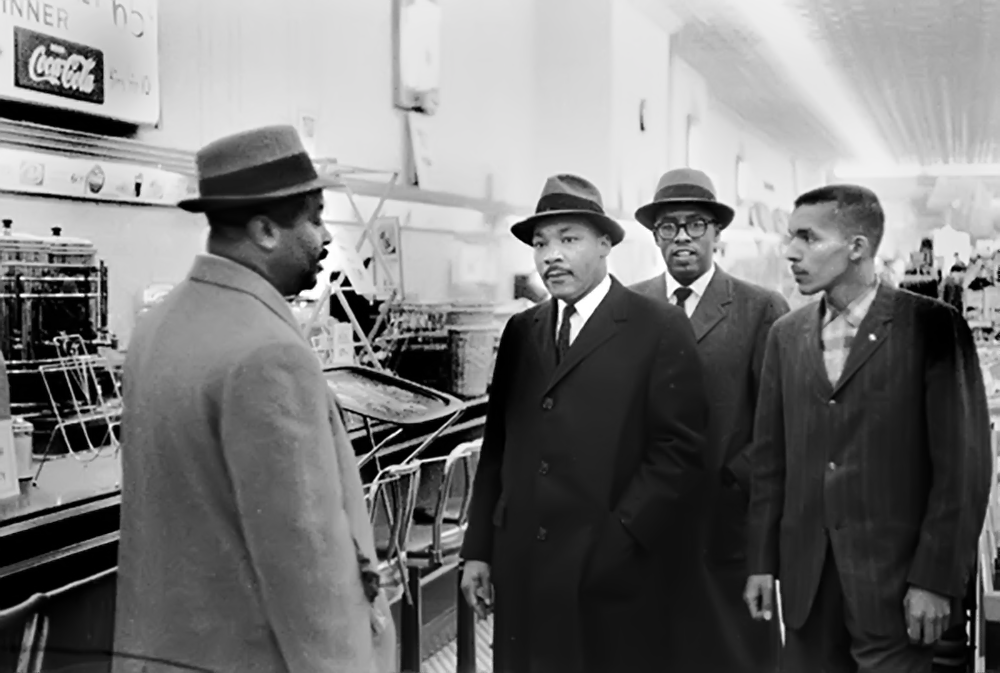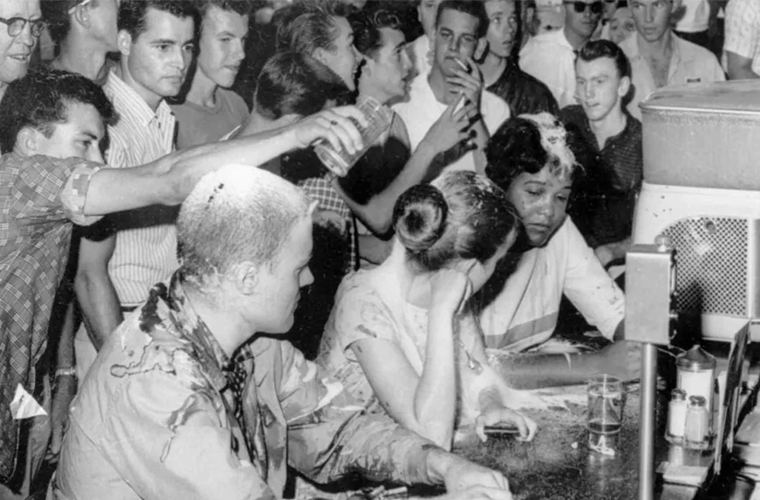The sit-in protest was a form of nonviolent direct action that became a powerful tactic in the Civil Rights Movement of the 1950s and 1960s. The sit-in protest involved African American protesters sitting down at segregated lunch counters and refusing to leave until they were served or arrested. The protests aimed to challenge racial segregation in public spaces and to demand equal rights and treatment for African Americans.
The first sit-in protest took place in 1942 in Chicago when a group of African American activists occupied a segregated lunch counter and demanded to be served. The tactic gained widespread attention in the 1950s when the Civil Rights Movement gained momentum. Sit-in protests were most commonly used in the South, where segregation was enforced by law and custom.

The Greensboro sit-ins in 1960 are perhaps the most famous and significant sit-in protests of the Civil Rights Movement. The four African American college students who initiated the sit-in at the Woolworth’s lunch counter in Greensboro, North Carolina, were inspired by the nonviolent teachings of Mahatma Gandhi and Martin Luther King Jr. They were determined to challenge the racial segregation that was prevalent in their community.
The sit-in protests were a powerful and effective tactic because they challenged the legality and morality of segregation in a peaceful and nonviolent way. The protests drew widespread media attention and public sympathy, helping to build momentum for the Civil Rights Movement and increasing pressure on government officials to take action against segregation.

The sit-in protests were also significant because they were organized and led by young people, many of whom were college students. These young activists were part of a new generation of civil rights leaders who were willing to use nonviolent direct action to challenge the status quo and demand change.

Over time, the sit-in protests led to the desegregation of many public spaces throughout the United States, including lunch counters, restaurants, and other establishments. The protests helped to break down the barriers of segregation and paved the way for greater equality and justice for all Americans.

